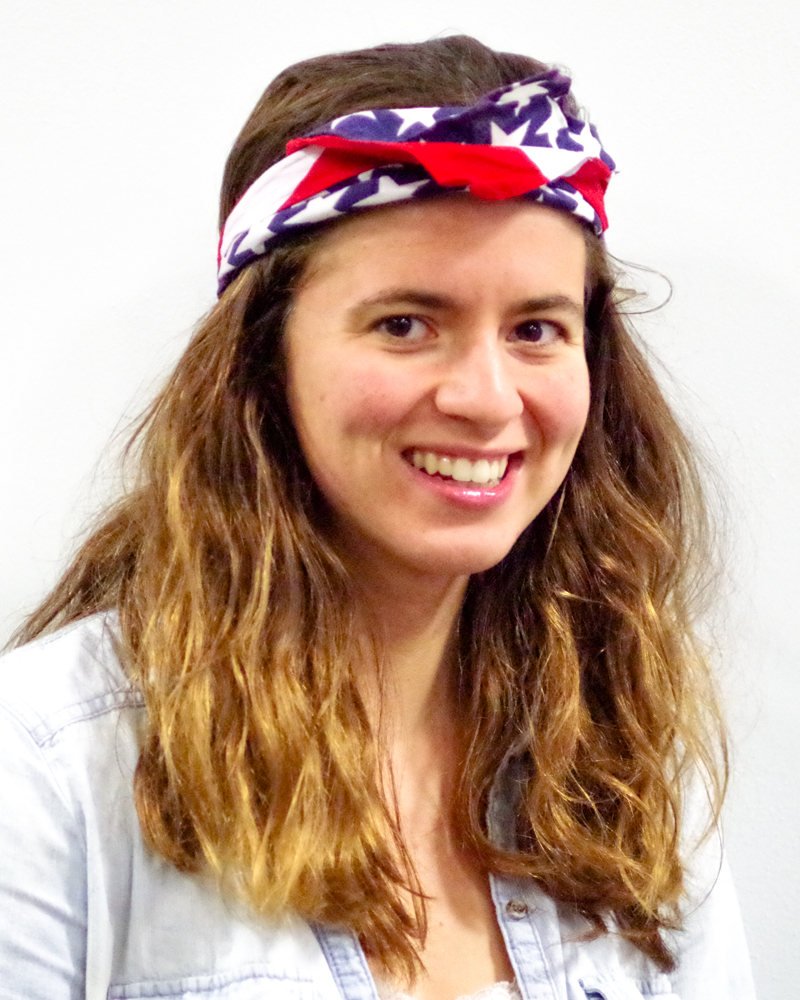This article is a shameless plug for the awesome, random opportunities Stanford has to offer. If you only have time to read this, I urge you to find these opportunities and take advantage of them – as they teach in ME104S: Design Your Stanford, YOSO (you only Stanford once).
Last summer, I went to Peru courtesy of the Stanford archaeology department, and it was extraordinary. As Colin Powell once said, “It is important for American students to learn other languages, experience foreign cultures and develop a broad understanding of global issues.”
I took high school Spanish, but it’s safe to say I had no meaningful relationships based in the Spanish language until the summer of 2013. During this time I was an indentured servant in Chavin de Huantar, Peru. Stanford covered the costs; we worked 40 to 50 hours a week.
In the day, I worked with Peruvian archaeologists, rural laborers and other Peruvian and South American students. Everyone was knowledgeable about archaeology; I didn’t even know that Indiana Jones was an archaeologist until this summer. I met all sorts of people, like Gaby, a 25-year-old girl from Santiago who had a nose ring, studied chemical engineering until switching to archaeology and has now worked all over South America. She told me about her novio (boyfriend) and encouraged my crush on my 29-year-old boss.
My coworkers and I spent eight hours together a day; being someone who loves to talk, my Spanish improved a lot. In any given classroom at Stanford, there’s one native-Spanish speaking professor for every five to 15 students. While doing manual labor in Peru, it was five Spanish speakers and me in our unit. We were working 45 hours a week in the field, as opposed to maybe five hours a week in school.
Oftentimes, the best learning happens out in the real world. Words like carretilla (wheelbarrow), ceramica (ceramic) and hueso (bone) became more familiar in Spanish than English. Rather than by studying a vocabulary list, brichero, the word for a Peruvian
man who goes after the foreign gringa (white, generally American) girls, stuck in my memory after laughing about a Stanford girl and a Peruvian archaeologist’s drunken weekend hookup. We also joked about another Peruvian’s mysterious pasado blanco (white past), which seemed to be a theme with the male archaeologists who had spent enough field seasons working with Stanford students at Chavin.
We also witnessed the corruption in Peru. A Stanford friend stated that Peruvians’ favorite pastime is telling him what’s wrong with their country. Our first Friday in Chavin, a small bus carrying mothers and their children drove off an unpaid mountain road which more two million dollars had been ostensibly spent to pave. The car tumbled a quarter of a mile down the mountainside; the accident was visible from our site.
After a stunned silence that lasted several long minutes, the men started to run to the mountain. One student, a Boy Scout and freshman dorm friend who encouraged me to come to Chavin, helped the Peruvians carry up the bloodied, dead and dying bodies up the mountainside. Over 20 people died. This was real in a way I hadn’t experienced in my freshman dorm.
That first weekend, we gathered in mourning and to discuss the tragedy. We passed a bottle of rum and coke: it was our way to numb ourselves. I’d never seen alcohol used like this. Agosto, a head archaeologist and a type of Peruvian Spartan who loves “Game of Thrones,” denounced the mayor who had embezzled the road money and thanked my friend for the help he had given to the Peruvian people; he was welcomed as a brother to stay with him anytime he was in Peru.
As I spent more time at the site, the predominant Chavin archaeologist political preference – communism – revealed itself. Communism is a political preference that reveals to me a deep dissatisfaction with the status quo. I had never previously debated with people who were serious about communism, but this worldview began to make more sense as I was exposed to the world my communist archaeologist friends had grown up in. Though I still don’t think communism has ever worked particularly well in any country, democracy has some serious flaws in Peru.
Though I won’t be majoring in archaeology, my time in Peru left me with hard questions on how to build good governance in the midst of corruption and how a lack of infrastructure can literally kill in poor countries. Stanford provides gateways to a variety of worlds, and this Peruvian one taught me not just a lot of Spanish but also how to think about the world from a perspective I’d never seriously considered.
I went to Peru because I thought it was what would stretch my comfort zone the most; I left tired, more proficient in Spanish and incredibly grateful for the stability and security I’d taken for granted in the United States. At Stanford, take advantage of the doors that open for you. As Dr. Seuss said, “Out there things can happen, and frequently do, to people as brainy and footsy as you.”
Contact McKenzie Andrews at [email protected].
